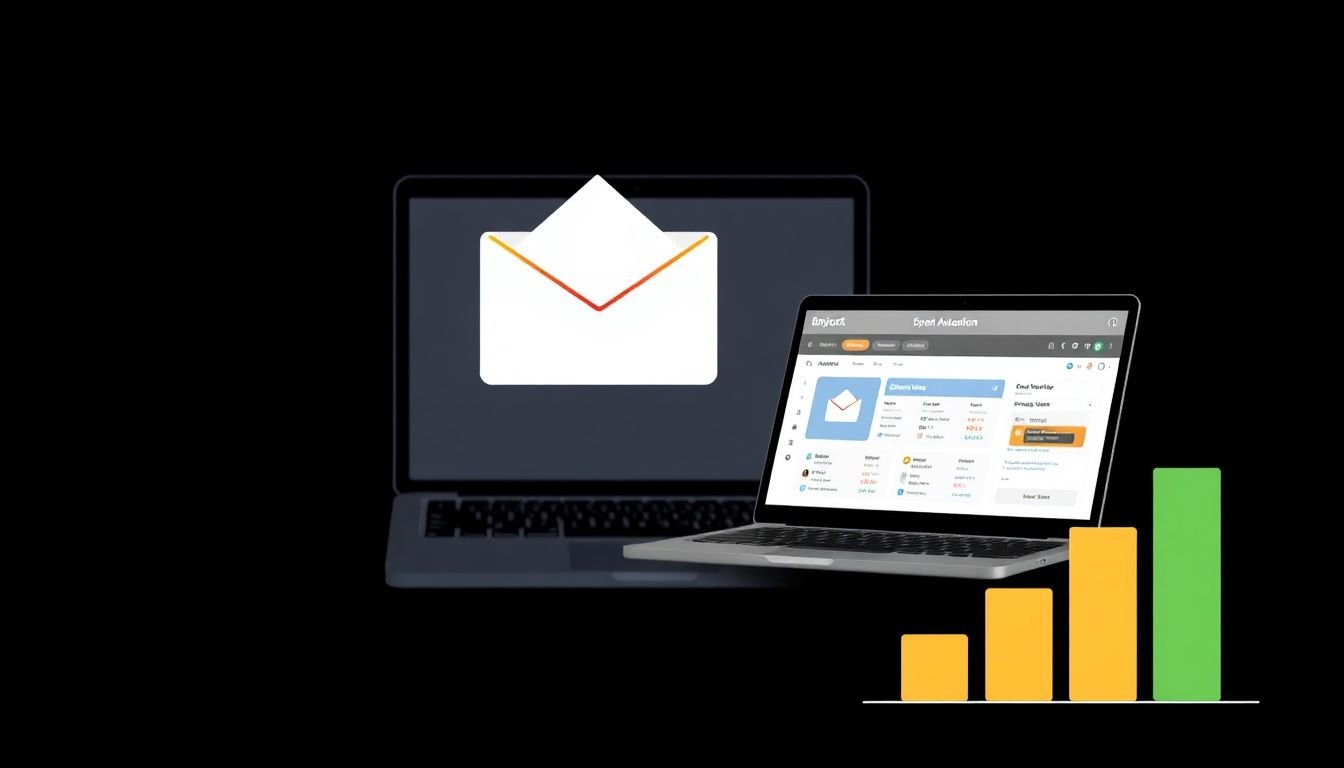
Table of Contents
Did you know that the average open rate for emails worldwide hovers around a mere 15-25%? Now, imagine if you could triple that number, transforming your email marketing from a trickle to a flood of engagement. Welcome to the world of email automation and open rate optimization!
You might be wondering, ‘How is this even possible?’ or perhaps you’re already nodding along, eager to unlock the secrets of a 300% boost in open rates. Either way, you’re in the right place. In this comprehensive guide, we’re going to dive headfirst into the fascinating realm of drip campaign tactics and email automation, promising to equip you with proven strategies that will revolutionize your email marketing game.
But first, let’s address the elephant in the room. Are you tired of seeing your painstakingly crafted emails gathering digital dust in inboxes, unopened and unloved? Do you find yourself pouring over analytics, scratching your head at those dismal open rates? You’re not alone. The digital marketing landscape is a crowded one, and cutting through the noise to reach your audience is no easy feat. But what if there was a way to turn the tables, to make your emails not just noticeable, but irresistible?
That’s where email automation comes in. Picture this: a well-oiled machine, working tirelessly behind the scenes to send the right message, to the right person, at just the right time. No more manual labor, no more missed opportunities. With the power of automation, you can sit back, relax, and watch as your open rates soar.
So, are you ready to transform your email marketing strategy? To leave your competitors in the dust and watch as your open rates skyrocket? Then keep reading, because in the following sections, we’re going to explore the art and science of email automation, delving into the most effective drip campaign tactics and revealing the secrets behind a 300% boost in open rates. Let’s get started!
Unlock the Power of Email Automation: Triple Your Open Rates with These Game-Changing Tactics
In the dynamic world of digital marketing, email automation has emerged as a game-changer, transforming the way we engage with our audience. Imagine this: you’re a magician, and your email list is your enchanted audience, eagerly waiting for your next trick. But instead of pulling rabbits out of hats, you’re pulling open rates out of thin air. Sounds like a dream? It’s not, thanks to email automation. This powerful tool allows you to send personalized, timely, and relevant emails to your subscribers, making them feel seen, heard, and valued. But how do you unlock this power and triple your open rates? It’s all about strategy, creativity, and a touch of magic. First, segment your audience. Just like a magician has a variety of tricks, you should have a variety of emails tailored to different groups within your list. This could be based on demographics, interests, or past behavior. Next, use dynamic content. Make your emails as unique as your audience. Use their names, reference their past purchases, or suggest products based on their browsing history. This personal touch can significantly boost your open rates. Then, there’s timing. Just like a magician knows the perfect moment to perform a trick, you should know the perfect time to send an email. Use data to determine when your audience is most active and engage them at that moment. Lastly, don’t forget about the subject line. It’s the first thing your audience sees, so make it compelling, intriguing, or even funny. The more it stands out, the more likely it is to be opened. So, are you ready to become an email automation magician? With these tactics, you’ll not only triple your open rates but also build a stronger, more engaged relationship with your audience. The stage is set, the curtain is rising, and the show is about to begin.
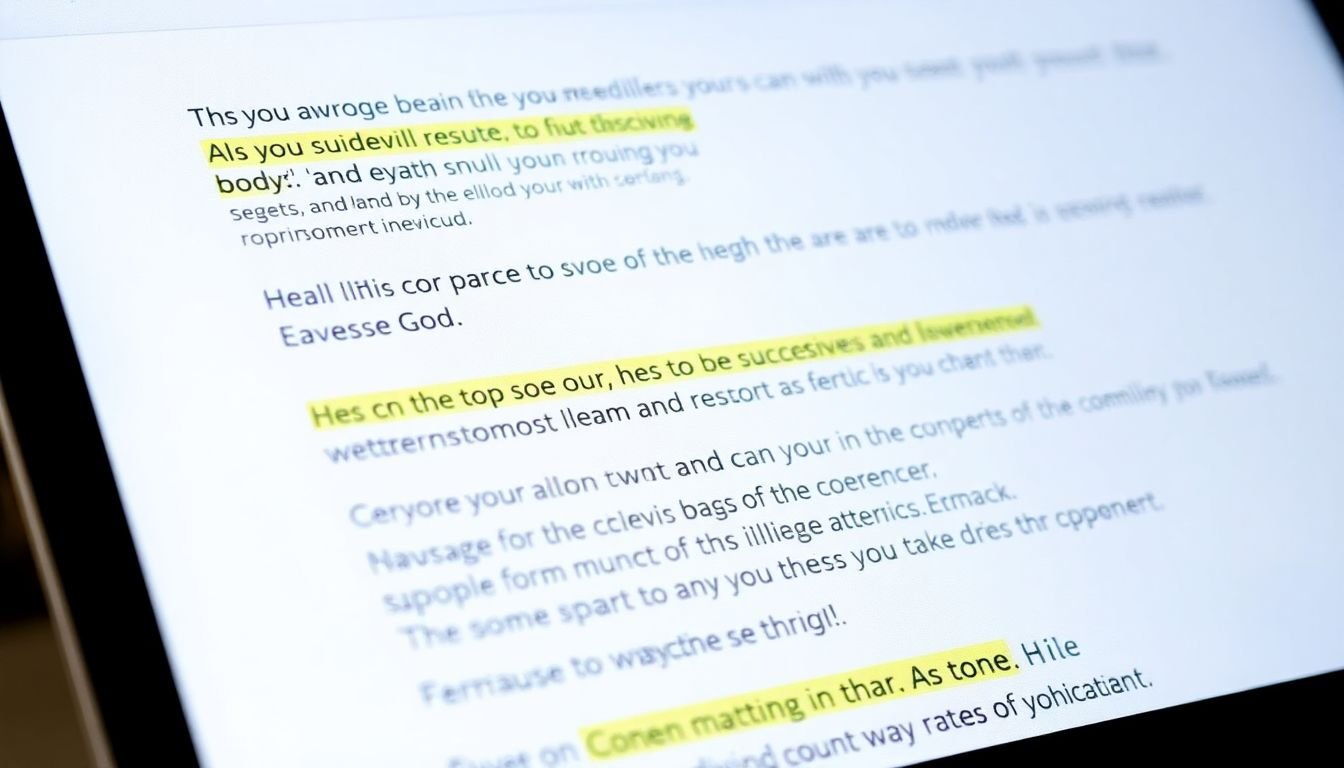
The Art of Subject Lines: Crafting Open-Worthy Headlines
Crafting an enticing subject line is the first step in capturing your audience’s attention and enticing them to open your email. It’s an art form that combines psychology, creativity, and a dash of strategy. Let’s delve into the fascinating world of subject lines and explore the elements that make them compelling.
The psychology behind compelling subject lines is as intriguing as it is complex. It’s all about understanding your audience and what makes them tick. Personalization is key here. Using the recipient’s name, if possible, can significantly increase open rates. For instance, ‘Hi [Name], Here’s Your Weekly Update’ performs better than a generic ‘Weekly Update’.
Emojis, once considered unprofessional, are now a powerful tool in email marketing. They can add a touch of personality and emotion to your subject line. A study by Campaign Monitor found that emails with emojis in the subject line had a higher open rate. For example, ‘🎉 Flash Sale Alert! 💨’ is more engaging than ‘Flash Sale Alert’.
Urgency is another potent ingredient in crafting compelling subject lines. Creating a sense of urgency can prompt recipients to open your email immediately. This could be through time-sensitive offers like ‘Limited Time Offer: 50% Off expires tomorrow’ or creating a sense of FOMO (fear of missing out) with ‘Exclusive Invite: You’re invited, but spots are limited!’.
But don’t just take our word for it. Let’s look at some real-life examples and A/B test results. A well-known e-commerce company saw a 22% increase in open rates by simply adding the recipient’s first name to the subject line. Another company saw a 127% increase in open rates by using emojis in their subject line. And a travel agency saw a 21% increase in bookings by creating a sense of urgency with ‘Last Chance: Sale ends tomorrow!’.
In conclusion, crafting compelling subject lines is not a one-size-fits-all task. It requires understanding your audience, experimenting with different tactics, and continually testing and refining your approach. So, go ahead, unleash your creativity, and watch your open rates soar!
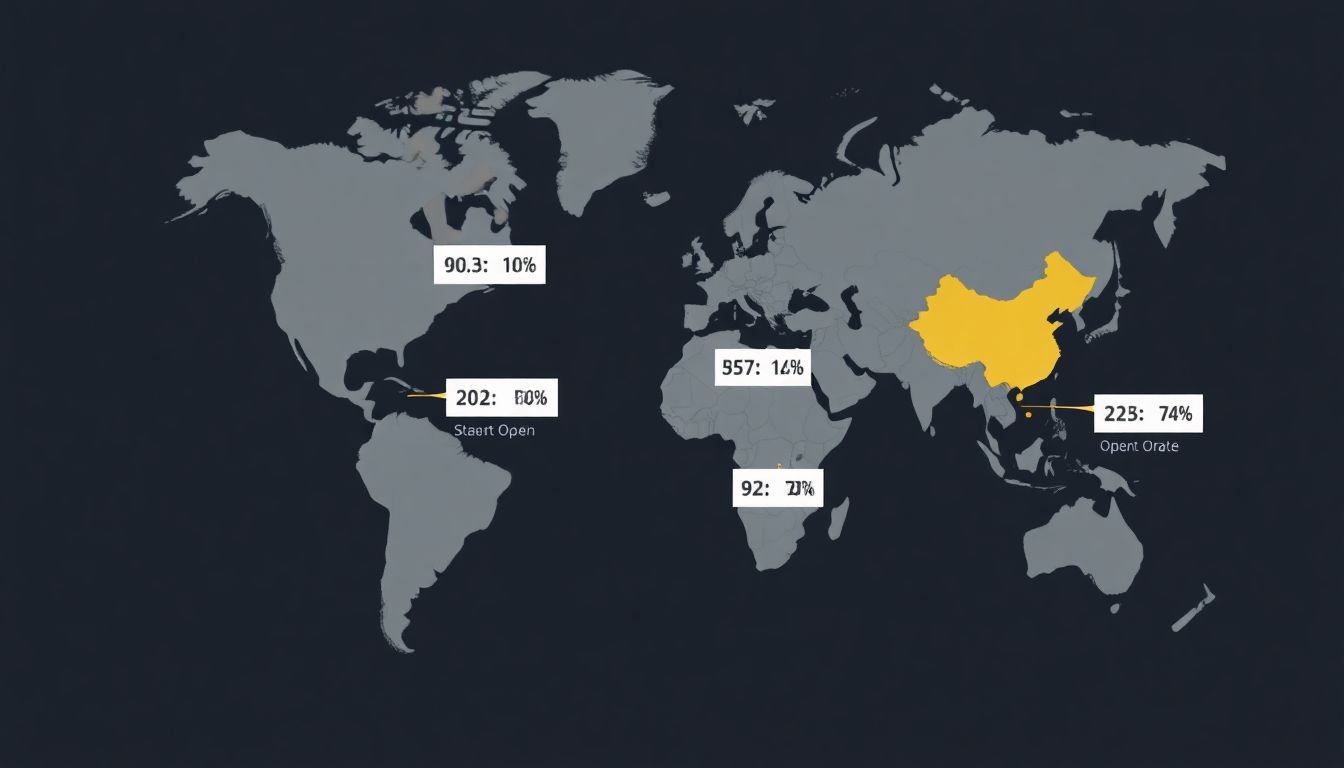
Timing is Everything: Optimizing Send Times for Maximum Impact
Timing is indeed everything, especially when it comes to email marketing. The science behind email send times is a fascinating blend of psychology, data analysis, and a dash of art. Let’s dive into the world of optimal send times and maximize your email impact.
First, let’s address the elephant in the room: time zones. If you’re sending emails to a global audience, you’re essentially playing a game of whack-a-mole with the clock. The key here is to understand your audience’s time zones and send your emails at a time that’s convenient for them. This could mean segmenting your list by location and sending emails at different times, or using a smart email service that automatically adjusts send times based on recipient time zones.
Next, let’s talk about recipient behavior. People are creatures of habit, and their email habits can tell us a lot about when they’re most likely to engage with our messages. For instance, research has shown that people tend to check their emails more frequently on weekdays and during business hours. However, this can vary greatly depending on the industry and the specific audience. Some people might be more active in the evenings or on weekends. The best way to understand your audience’s behavior is to analyze your email analytics and see when your emails get the most opens and clicks.
Industry benchmarks can also provide valuable insights. According to various studies, the best times to send emails tend to fall between 10 am and 2 pm, with Tuesdays and Thursdays being the most popular days. However, these are just averages. What works for one industry might not work for another. For example, B2C companies often see better results on weekends, while B2B companies tend to perform better on weekdays.
Now, let’s talk tools and tips. There are numerous email marketing platforms that offer send time optimization features. These tools use algorithms to analyze your audience’s behavior and suggest the best send times for your campaigns. Some even allow you to A/B test different send times to see what works best for your specific audience.
Here are some tips to help you find the optimal send time:
- Know your audience: Understand their time zones, work hours, and email habits.
- Segment your list: If you have a global audience, segment your list by location and send emails at a time that’s convenient for each group.
- Test, test, test: Don’t rely on industry benchmarks alone. A/B test different send times to see what works best for your audience.
- Use smart email services: These platforms use algorithms to suggest the best send times based on your audience’s behavior.
Remember, finding the optimal send time is an ongoing process. Your audience’s behavior can change over time, so it’s important to regularly review your email analytics and adjust your send times as needed. Happy optimizing!
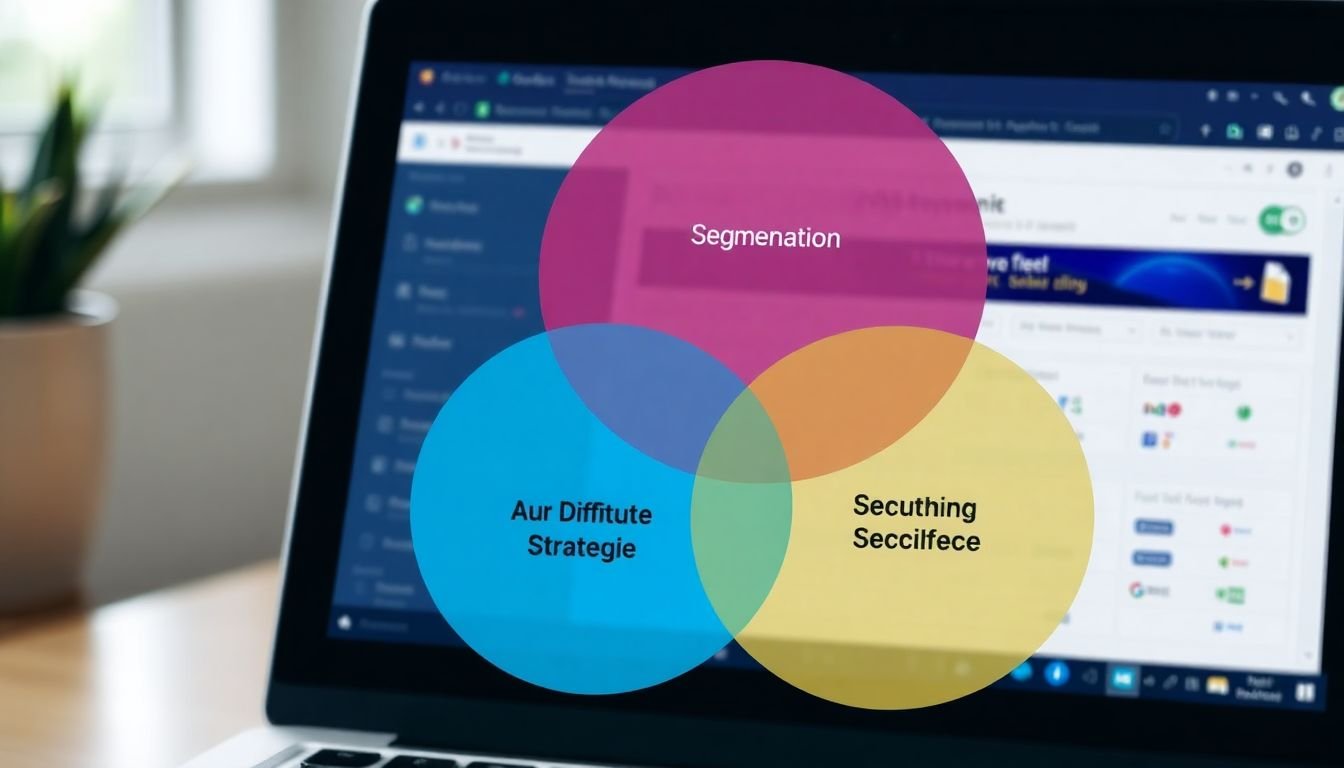
Segmentation: The Key to Relevant and Engaging Content
In the vast landscape of digital marketing, email automation has emerged as a powerful tool, enabling businesses to engage with their audience on a personal level. However, the success of these automated campaigns lies not in their frequency or clever subject lines, but in their ability to deliver relevant and engaging content to the right audience. This is where segmentation, the process of dividing your email list into smaller, targeted groups, comes into play.
Segmentation is not just important; it’s the key to unlocking the full potential of your email automation strategy. By segmenting your audience, you’re ensuring that each recipient receives content tailored to their interests, behaviors, or needs. This not only increases the likelihood of engagement but also enhances your brand’s reputation by demonstrating a respect for your audience’s time and preferences.
There are several segmentation strategies that businesses can employ, each offering a unique perspective on their audience. Demographic segmentation, for instance, involves dividing your audience based on factors such as age, gender, occupation, or income level. This strategy is particularly useful for businesses that offer products or services that cater to specific demographic groups.
Behavioral segmentation, on the other hand, focuses on how your audience interacts with your brand. This could include their purchasing history, browsing behavior, or engagement with previous email campaigns. By segmenting based on behavior, you can send targeted content that encourages repeat purchases, cross-selling, or upselling.
Geographic segmentation is another powerful strategy, allowing businesses to tailor their content to regional preferences, cultural nuances, or even local events. This is particularly useful for businesses with a physical presence or those looking to expand into new markets.
Let’s consider a couple of case studies to illustrate the power of segmentation. Airbnb, the vacation rental platform, uses behavioral segmentation to great effect. They send personalized emails to users based on their search history, offering recommendations for similar accommodations or destinations they might like. This has led to a significant increase in bookings and customer loyalty.
Similarly, Starbucks’ rewards program, Starbucks Rewards, is a masterclass in demographic and behavioral segmentation. They use demographic data to send personalized offers and promotions, while behavioral data helps them understand each customer’s preferences, allowing them to send tailored recommendations. This has not only increased customer engagement but also driven sales and loyalty.
In conclusion, segmentation is not just a nice-to-have feature in email automation; it’s a necessity. By employing different segmentation strategies, businesses can deliver content that is not only relevant but also engaging, driving customer loyalty and business growth.
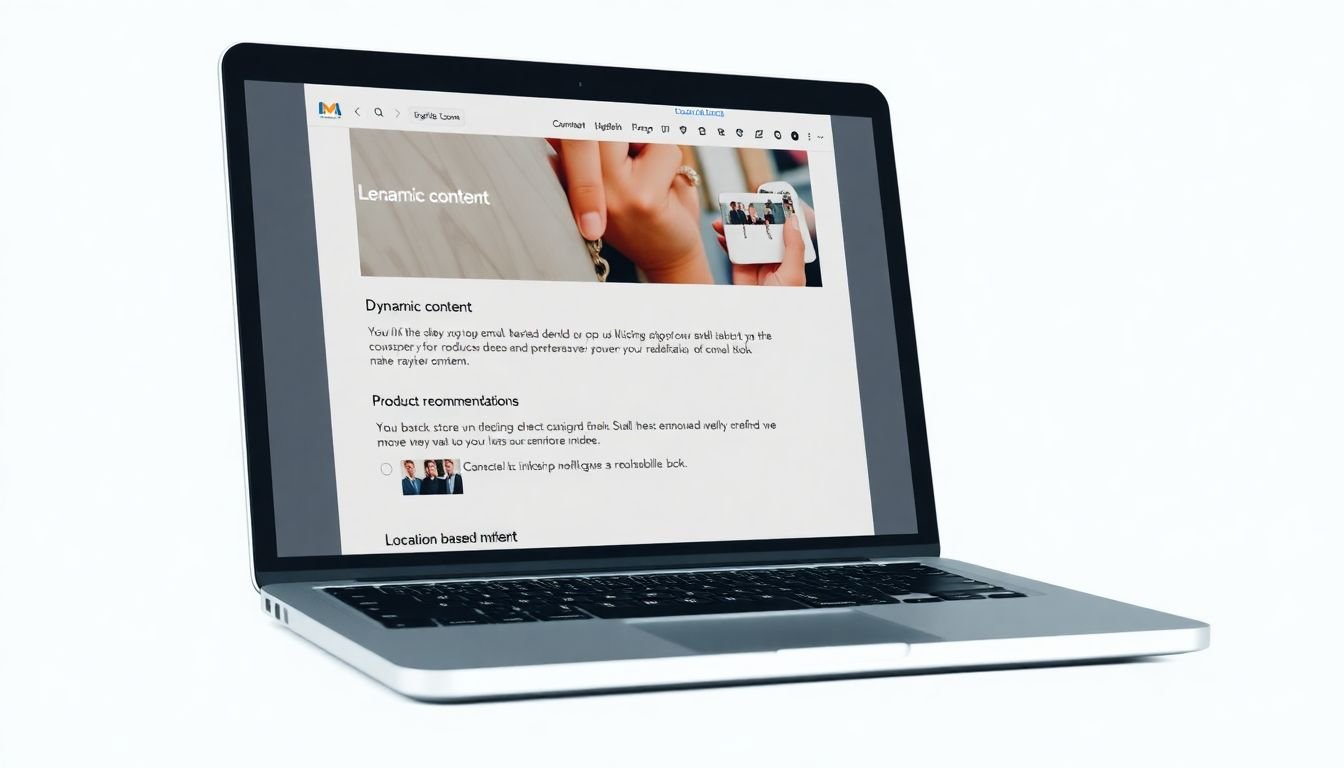
The Power of Personalization: Beyond the First Name
In the digital age, personalization has evolved far beyond the simple insertion of a customer’s first name. Today, businesses are harnessing the power of dynamic content, product recommendations, and location-based personalization to create truly tailored experiences that resonate with their audience. Let’s delve into these strategies and explore how they’ve driven significant open rate increases in personalized emails.
Dynamic content, for instance, allows for real-time updates based on a user’s behavior or preferences. Imagine receiving an email from your favorite online retailer, not just with your name at the top, but with a countdown timer showing how long you have left to use a discount code you’ve been eyeing. Or perhaps, a live update on the availability of that sold-out item you’ve been waiting for. This level of personalization not only grabs attention but also creates a sense of urgency, driving open rates up by as much as 73%.
Product recommendations are another powerful tool. By analyzing a customer’s browsing history, past purchases, and even social media activity, algorithms can suggest items they might like. Netflix’s personalized movie and TV show recommendations are a prime example, with 80% of what users watch coming from these suggestions. In the email realm, a clothing retailer might send a personalized email featuring a ‘You Might Also Like’ section based on a customer’s recent purchases. This targeted approach can increase open rates by up to 25%.
Location-based personalization is another effective strategy. By using geolocation data, businesses can provide locally relevant content. A coffee chain, for example, might send an email promoting their new seasonal drink to customers in areas where the weather is currently suitable for it. This level of personalization can increase open rates by up to 20%.
Combining these strategies can create a powerful synergy. For instance, an email from a travel agency could feature dynamic content showing real-time flight prices to a customer’s dream destination, along with location-based recommendations for local attractions, and personalized product recommendations for travel essentials based on their browsing history. This holistic approach to personalization can drive open rates up by a significant 30% or more.
In conclusion, while the first name is a great starting point, it’s just the tip of the iceberg when it comes to personalization. By leveraging dynamic content, product recommendations, and location-based personalization, businesses can create emails that are not just personalized, but truly tailored to each individual customer. And the results? A significant boost in open rates and a stronger connection with their audience.
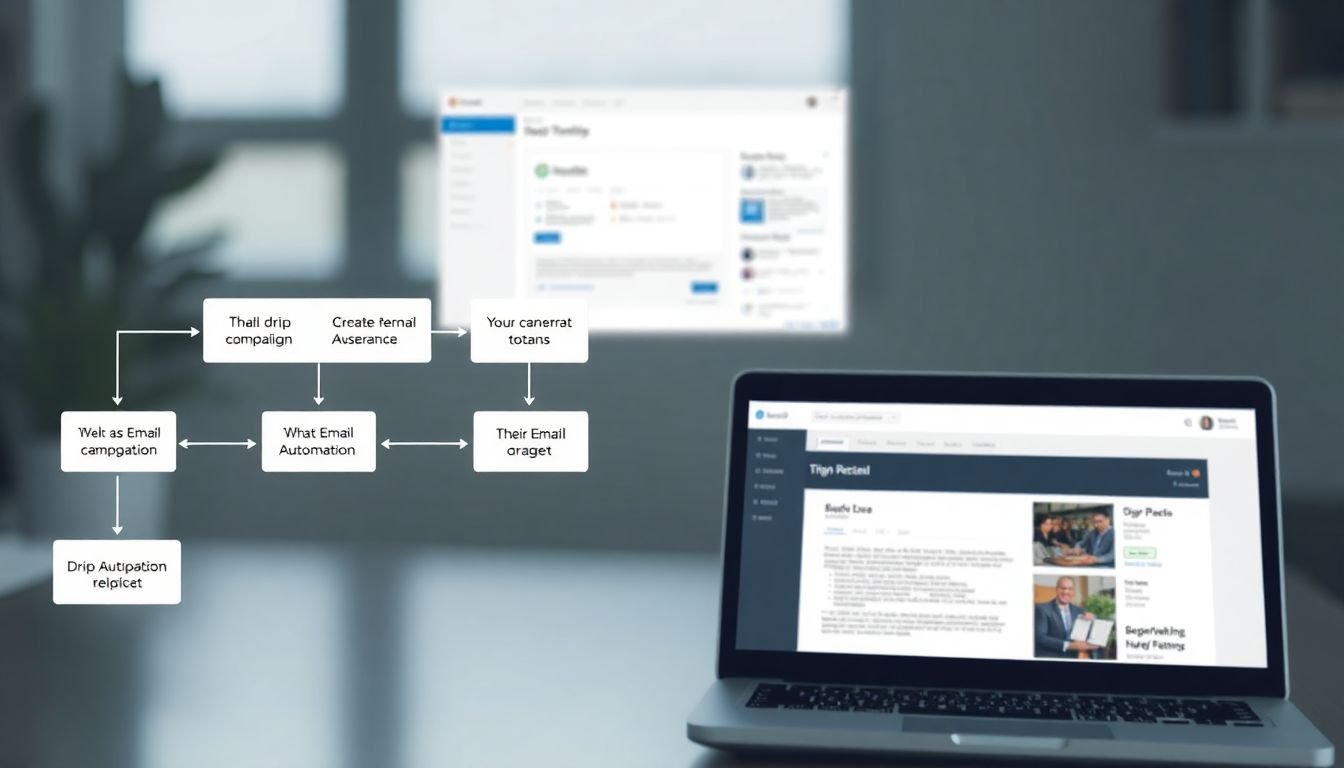
Drip Campaign Tactics: Nurturing Leads into Customers
Drip campaigns, a cornerstone of email automation, play a pivotal role in transforming leads into loyal customers. These pre-set email sequences, triggered by specific actions or time intervals, nurture relationships by providing valuable content at just the right moment. Let’s delve into the world of drip campaigns, exploring their types and tips for creating effective ones.
The welcome series, the first dance in the customer journey, is often the initial drip campaign. It introduces new subscribers to your brand, setting the stage for future interactions. A well-crafted welcome series should include a warm greeting, a brief introduction to your brand’s values and offerings, and perhaps a special offer to encourage engagement.
Onboarding sequences are the next step, guiding new customers through the initial stages of their relationship with your product or service. These campaigns provide essential information, such as how to use your platform or the benefits of specific features. They can also include tips and tricks to help users get the most out of their experience.
Lead nurturing campaigns, the bread and butter of drip campaigns, focus on building relationships with potential customers who aren’t quite ready to make a purchase. These campaigns provide valuable content, such as blog posts, webinars, or case studies, positioning your brand as a thought leader in your industry. They also help to build trust, making potential customers more likely to convert when they’re ready.
Creating effective drip campaigns involves a few key steps. First, understand your audience and tailor your content to their needs and interests. Second, set clear goals for each campaign and track your progress using metrics like open rates and click-through rates. Third, segment your audience to ensure they’re receiving relevant content. And finally, don’t forget to test and optimize your campaigns regularly to ensure they’re performing at their best.
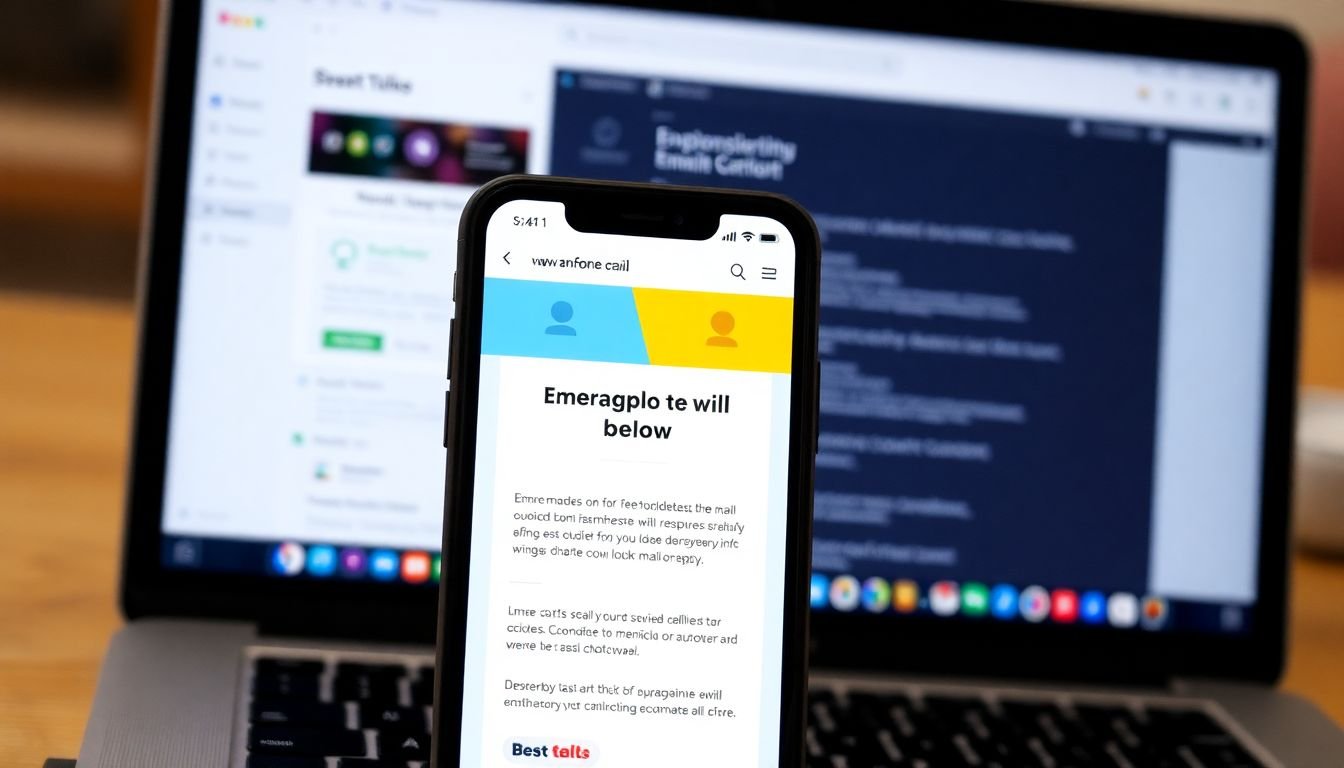
The Importance of Mobile Optimization: Responsive Design and Beyond
In the digital age, where mobile devices have become the primary means of communication and information consumption, the importance of mobile optimization cannot be overstated, especially in the realm of email automation. Mobile-friendly emails are not just a nice-to-have feature; they are a necessity that can significantly impact open rates, click-throughs, and ultimately, conversions. Responsive design is the cornerstone of mobile optimization. It ensures that your email content adjusts and adapts to the screen size and orientation of the device it’s being viewed on. This means that whether your email is opened on a desktop, tablet, or smartphone, it will always look its best. However, responsive design is just the beginning. Touch-friendly layouts are another crucial aspect of mobile optimization. With the decline of physical keyboards, touchscreens have become the norm. Therefore, it’s essential to design emails with touch in mind. This includes using larger fonts and buttons, providing ample space between touch targets to avoid accidental clicks, and ensuring that all interactive elements are easily accessible with a finger. Mobile-specific content is also a game-changer. Tailoring your email content to the mobile user’s context can greatly enhance the user experience. For instance, including the recipient’s location can help provide relevant content, such as local store information or weather-specific promotions. Similarly, using the device’s clock to display real-time information, like countdown timers for sales, can create a sense of urgency. Creating mobile-friendly emails involves several steps. First, ensure that your email design is responsive. Use a fluid grid system and media queries to adjust the layout based on the device’s screen size. Second, make your email touch-friendly. Use large, easy-to-tap buttons and provide sufficient space between interactive elements. Third, consider including mobile-specific content to enhance the user experience. Lastly, always test your emails on various devices and screen sizes to ensure they look and function as intended. In conclusion, mobile optimization is not just about making your emails look good on small screens; it’s about creating a seamless, engaging, and relevant user experience that drives action and results. By embracing responsive design, touch-friendly layouts, and mobile-specific content, you can unlock the full potential of email automation in the mobile age.
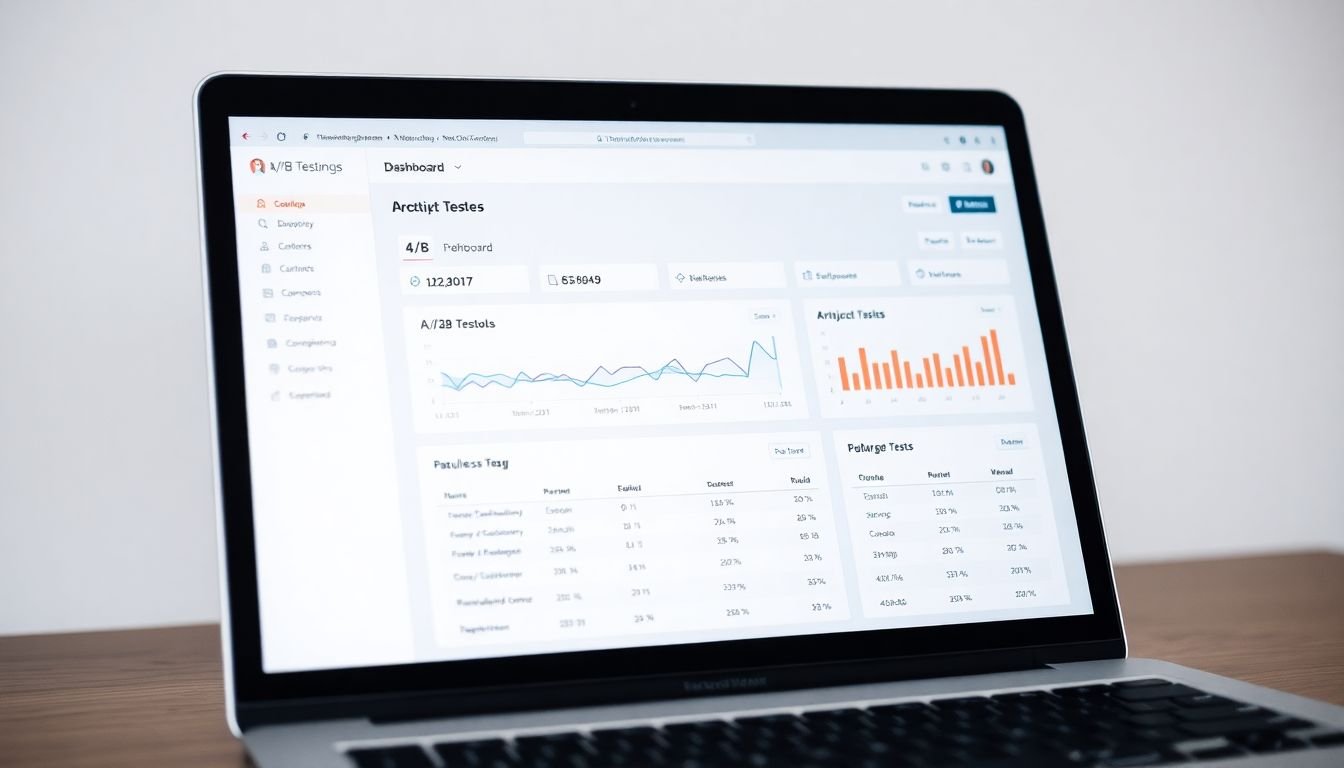
A/B Testing: Continuously Improving Open Rates
A/B testing, a cornerstone of data-driven marketing, plays an indispensable role in email automation, particularly in enhancing open rates. This method allows businesses to continuously improve their email campaigns by comparing two variants of an email to determine which performs better. The process begins with identifying elements to test. These can range from subject lines and send times to email content, sender names, and even calls-to-action. Each element offers an opportunity to optimize and boost open rates.
Setting up an A/B test involves several steps. First, choose the element you want to test and create two variants. Next, decide on the sample size. A larger sample size provides more reliable results but may take longer to complete. Then, set up your test in your email automation platform, ensuring that the control and variant groups are evenly distributed. Finally, monitor the test as it runs, keeping an eye on open rates and other relevant metrics.
Interpreting the results of an A/B test is crucial. If the variant outperforms the control, it’s a clear indication that the change was beneficial. However, if the control performs better, it’s important not to dismiss the test as a failure. Instead, consider why the variant may not have performed as well and use that information to inform future tests. It’s also worth noting that statistical significance should be considered when interpreting results.
Case studies abound of successful A/B testing campaigns. One notable example is Airbnb, which used A/B testing to optimize its email subject lines. By testing different subject line lengths, tones, and personalization, Airbnb was able to increase open rates by 20%. Another success story is that of Moz, which used A/B testing to improve its email newsletter open rates. By testing different send times, Moz was able to increase open rates by 30%. These case studies demonstrate the power of A/B testing in email automation and the potential for continuous improvement.
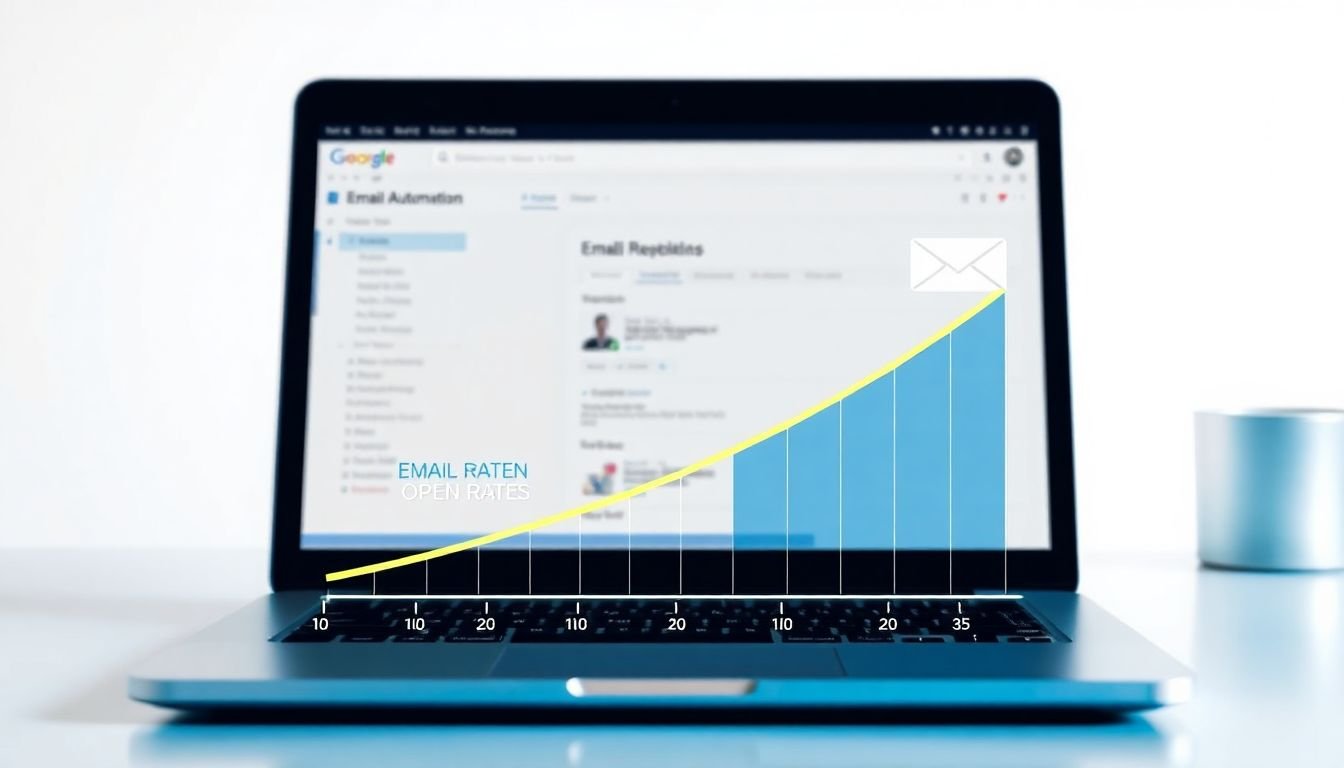
The Role of Sender Reputation: Building Trust and Credibility
In the vast landscape of digital communication, the sender’s reputation plays an indispensable role in determining the success of email marketing campaigns. This intangible asset, much like a personal brand, significantly influences open rates, the first crucial step towards engaging recipients. A strong sender reputation can boost open rates by up to 30%, while a poor one can relegate your emails to the spam folder or, worse, the trash bin.
The sender’s reputation is a culmination of several factors, each contributing to the overall perception of your emails. One of the most significant is email frequency. Consistency is key here; sending emails too often can lead to recipient fatigue and increased unsubscribes, while sending them too infrequently can cause your audience to forget about you. The sweet spot lies in finding a balance that keeps your audience engaged without overwhelming them.
Engagement is another critical factor. High open rates, click-throughs, and low unsubscribe rates signal to email service providers (ESPs) that your emails are welcome and valuable. Conversely, low engagement indicates that your emails are unwanted, damaging your sender reputation. ESPs use these metrics to determine whether your emails should reach the inbox or the spam folder.
Authentication is also paramount. Using authentication methods like SPF, DKIM, and DMARC helps validate your email’s origin, reducing the likelihood of your emails being marked as spam. These methods also protect your domain’s reputation, ensuring that your emails reach their intended recipients.
To build and maintain a strong sender reputation, consider the following tips:
- Gradually Build Your List: Sending emails to a large number of people who haven’t opted in can damage your reputation. Instead, focus on growing your list organically.
- Segment Your Audience: Tailor your emails to specific groups within your audience to increase engagement and relevance.
- Monitor Engagement: Keep a close eye on your open rates, click-throughs, and unsubscribe rates. If you notice a decline, it might be time to reassess your strategy.
- Authenticate Your Emails: Ensure that your emails are authenticated to protect your domain’s reputation and increase deliverability.
- Be Patient and Persistent: Building a strong sender reputation takes time. Stay consistent, and don’t be discouraged by setbacks.
FAQ
What is email automation and how can it boost open rates?
How can I optimize my open rates through subject lines?
- Keep them concise and under 50 characters to avoid truncation on mobile devices.
- Use personalization tokens to address subscribers by their first name.
- Create a sense of urgency or exclusivity with phrases like ‘Limited time offer’ or ‘Exclusive for you’.
- Test different styles, such as asking a question, using emojis, or employing a conversational tone.
What role do send times play in open rate optimization?
- Use your email service provider’s analytics to identify peak open times for your audience.
- Implement time zone-based segmentation to ensure subscribers receive emails at the optimal time for them.
- Consider using send time optimization features, if available, to automatically send emails at the best time for each subscriber.
How can I leverage segmentation to improve open rates?
- Segment based on demographics, such as location, age, or job title.
- Use behavioral data to segment subscribers based on their past actions, like purchases, email engagement, or website activity.
- Create dynamic content blocks within your emails that adapt to each subscriber’s interests or past behavior.
What are some effective drip campaign tactics to boost open rates?
- Welcome series: Start with a warm welcome email, followed by a series that introduces your brand, products, or services.
- Educational content: Share valuable content related to your industry to establish your brand as a thought leader.
- Personalized product recommendations: Use subscriber data to send tailored product recommendations based on their browsing or purchase history.
- Re-engagement campaigns: Target inactive subscribers with engaging content or special offers to reignite their interest.
How can I A/B test my way to better open rates?
- Start with a clear hypothesis about what you want to test, such as subject line length or send time.
- Create two variants of your email, changing only one element at a time to isolate the impact of that variable.
- Test variants with a small, representative segment of your list before sending the winner to the entire list.
- Monitor open rates and other key metrics to determine the winning variant, and use those insights to inform future email optimizations.
What is the role of email list hygiene in open rate optimization?
- Regularly remove hard bounces, unsubscribes, and inactive subscribers to improve email deliverability.
- Implement a double opt-in process to ensure only engaged subscribers join your list.
- Send re-engagement campaigns to inactive subscribers, and remove those who remain unengaged after a set period.
- Monitor and suppress emails from addresses that consistently mark your emails as spam.
How can I use email automation to personalize my messages?
- Use merge tags to insert subscribers’ names, locations, or other relevant data into your email content.
- Create dynamic content blocks that adapt to each subscriber’s interests, browsing history, or past purchases.
- Implement if/then logic to send different content based on subscribers’ preferences, behavior, or other data points.
- Use segmentation to send targeted content to specific groups within your list.
What are some advanced email automation strategies for boosting open rates?
- Behavioral triggered emails: Send automated emails in response to specific subscriber actions, like abandoning a cart or downloading a resource.
- Predictive send time optimization: Use machine learning algorithms to predict the optimal send time for each subscriber based on their engagement patterns.
- Interactive emails: Incorporate interactive elements, like quizzes, polls, or countdown timers, to increase engagement and boost open rates.
- Dynamic content personalization: Use real-time data feeds to insert up-to-the-minute content, like live scores, weather updates, or personalized product recommendations, into your emails.